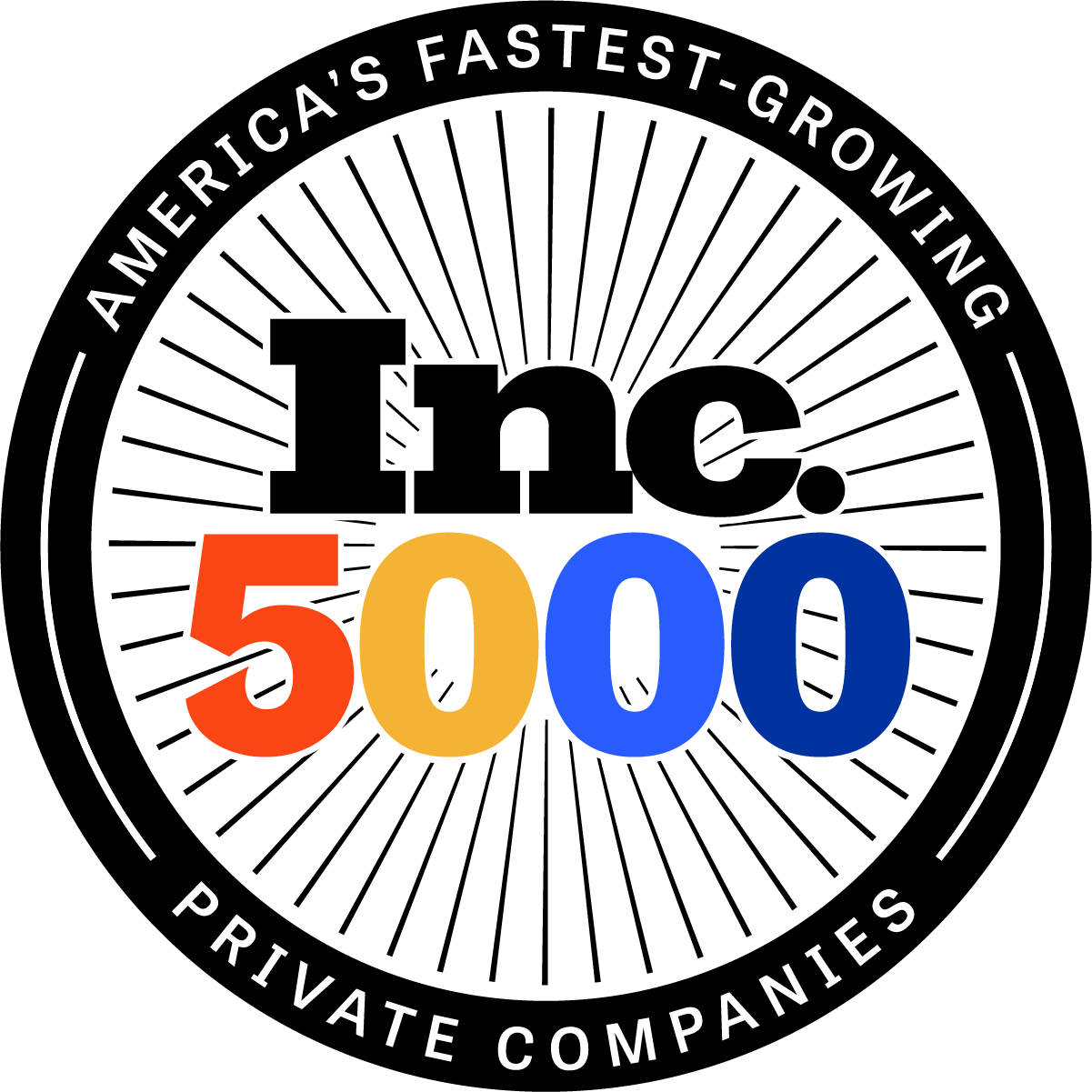
Howard Plante
Vice President of Procurement
Freedom Energy
Published: December 14, 2023
Introduction: The Rise of Renewable Energy Requirements
Over the past several years, we have seen state and federal policies increase renewable energy requirements. Thirty-six states and the District of Columbia have established a Renewable Portfolio Standard (RPS) program. Twelve of these states require 100% clean electricity by 2050 or earlier.

The Push for Sustainability Beyond Mandates
Many companies and municipalities have voluntarily increased their sustainability goals beyond mandates, embracing initiatives and setting goals and targets to achieve a lower “carbon footprint.” As the number of programs and requirements has increased, so too has the confusion about what it all means, the ability to achieve those goals, and what constitutes achievement. The market is overflowing with terms and controversy on the meaning of carbon-neutral, carbon-free, greenwashing, net zero, renewable energy credits (RECs), unbundled RECs, offsets, and additionality.
Renewable Portfolio Standard (RPS) Programs Across the States
State RPS programs require that a certain percentage of your electricity use be met by purchasing RECs from various renewable generation sources. 1 REC represents 1 MWh of renewable electricity. In the past 15 years, those requirements have increased considerably. Most electricity suppliers are now offering some form of green power as an option at an additional cost. Many states have also adopted net metering programs to drive more renewable generation; in many cases, this allows a renewable generator to get paid a higher rate for electricity than they would otherwise.
Understanding Renewable Energy Terms and Controversies
Many companies and municipalities that have voluntarily increased their green power procurement have done so by purchasing unbundled RECs, the most common form of green power procurement in the voluntary REC market. According to the National Renewable Energy Laboratory, the sale of unbundled RECs in the US increased from 19.8 million MWh in 2010 to 110.1 million in 2022.

As these programs have expanded and companies strive to achieve a higher level of sustainability, the opinions on how it is obtained vary. While there is nothing wrong with purchasing voluntary RECs that support existing renewable generation, critics argue it needs to go further in achieving net zero emissions, currently the term predominantly used, because it does not increase the amount of renewable generation, considering it greenwashing. On the other hand, Berkley Lab reports that “Roughly half of all growth in US renewable electricity (RE) generation and capacity since 2000 is associated with state RPS requirements, though that percentage has declined in recent years, representing 23% of all US RE capacity additions in 2019″, adding that” RPS demand growth through 2030 will require roughly 90 GW of new RE capacity”.
The cost of renewable energy will help define the speed at which the level increases. In the past few years, the cost of certain classifications of RECs to comply with various RPS programs in New England has increased significantly, partly a result of supply and demand. Many organizations and analysts believe that the costs and demand will equalize as the programs expand and more renewable generation is built.
The Challenge of Reducing Scope 1 and Scope 2 Emissions
Many companies are experiencing increased pressure from their customers not only in the US but globally, requesting information on their corporate policies goals of sustainability and asking that they improve their level of participation to align with their own goals, suggesting it as a condition of continued business. Although the most accessible means of achieving sustainability has been through the purchase of unbundled RECs, net-zero emissions goals will expand. Now, the availability of Additionality RECs is increasing. Additionality RECs are sourced from renewable generation projects yet to be in commercial operation. These RECs can be purchased at a fixed price and a specific term length, helping to reduce an entity’s Scope 2 emissions (indirect emissions from purchased electricity). Manufacturers often find that reducing Scope 1 emissions (direct emissions owned or controlled by the company) is more difficult, requiring a change in raw materials to produce their products, modifying production operations, and implementing cost-prohibitive equipment changes.
The Future of Renewable Energy Practices
Going forward, there is no doubt that most entities will continue to implement goals to help improve the environment. As they become more educated on the various means of reducing emissions and promoting and supporting renewable energy, they will likely find a path that meets their needs and goals and that of their customers.
Act Now with Freedom Energy
Ready to make a real impact in the world of renewable energy? Contact Freedom Energy today to explore how you can contribute to a more sustainable future. Whether you’re a business or a municipality, your involvement is crucial. Don’t wait – take the first step towards making a difference. Reach out to Freedom Energy and join us in our mission for a greener tomorrow.







Connect With Us